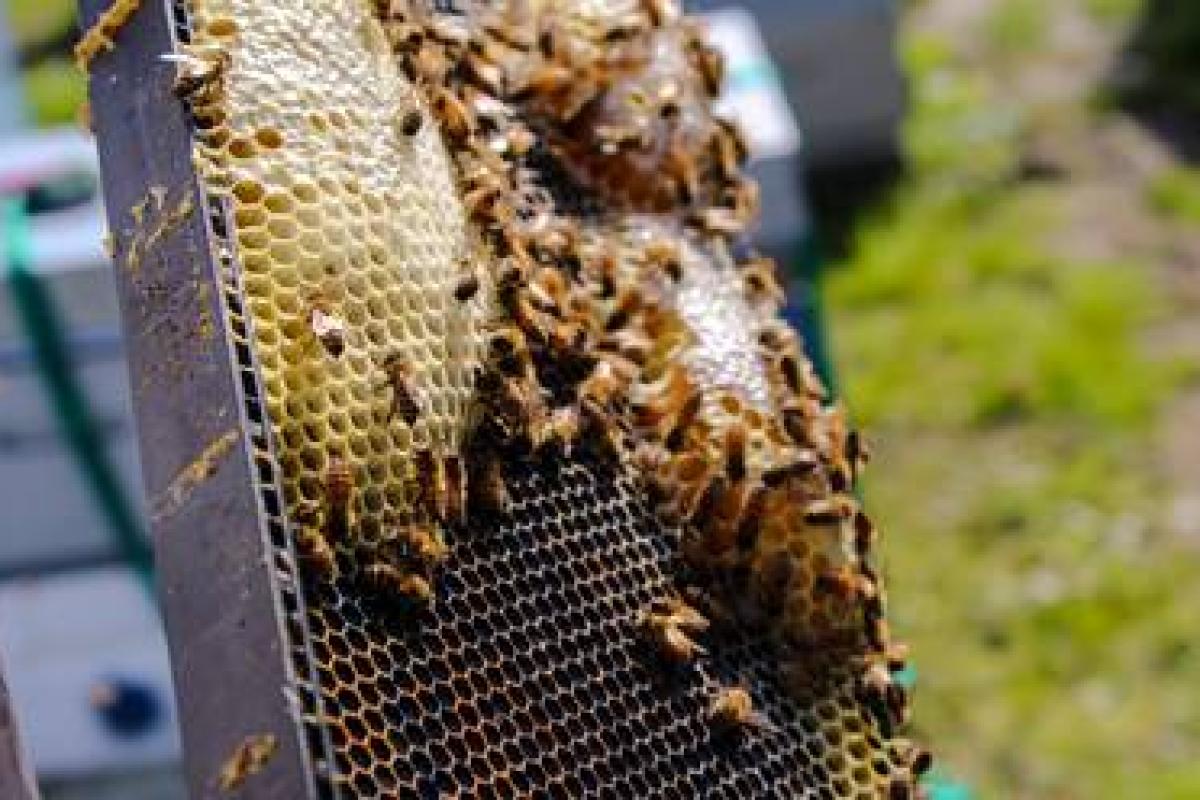This will take bravery - it takes guts to lay aside a tool which is now standard in most marketing departments. But here’s why.
Customer journeys can very easily become an exercise in wish fulfillment - creating the suggestion that having identified a pipeline (even an omnichannel pipeline!), all you need to do is to stimulate demand and your prospects will bob obediently down the channel and over the threshold to purchase.
If marketing is about the satisfaction of consumer demand, what they are wanting is the benefits.
They would rather not take the journey if they could avoid it and once they have got the benefit your product gives them their need is satisfied.
So customer journey thinking can create an entirely unrealistic expectation about what your customers want and how you meet their needs.
Enter the ecosystem.
Ecosystems are a useful corrective. Because it puts your customer (not you) at the center and asks the simpler question How does the customer meet their needs? Ecosystem thinking presupposes that the ecosystem is self-contained and that those within it have the means to survive and flourish.
Please avoid googling marketing ecosystems if you can, because what comes up demonstrates the opposite of this thinking.
Marketing ecosystems that think of 101 ways to communicate and add value to the customer. That is not self-sufficient.
Think of it - your customers can already find their own way to satisfy their needs. The question is how your brand helps them to do that.
So we have designed a summary ecosystem schematic which can be used in workshops or research groups to find out how customers resource themselves within a marketplace. It looks like this:

Using it we ask customers to score the aspects of the ecosystem and their relative importance. To name the leader in each category for them. And the Goto category - the one which they would like to be the most important category for them even if there isn’t a clear leader within that.
We then ask them to tell us how the brand we are working for could help to improve the ecosystem - to help the customer satisfy their needs. This doesn’t require the brand to be the strongest brand in the fourth column or the best retailer in the third. But we get the customer to explain the sort of support they want.
There is a second aspect of an ecosystem that is just as important.
And that is its self-balancing capability. If resources are scarce the ecosystem generates more or enables those within it to make do with what is already there. If the ecosystem is overcrowded then filtering is necessary to make choices simply and more quickly. So our simple ecosystem exercise enables us to determine how crowded the category and whether this a problem for the customer that needs extra help. Or if there isn’t enough resource and they need directing.
Our customers are mostly overwhelmed with choice and information. But not always. There are often huge gaps.
Experts like doctors are increasingly hard to access. So our customers have to learn to make do without expertise and work around that vacuum. No surprise that friends play such a significant role. As well as acquaintances working within healthcare but available outside it.
Ecosystem thinking is a powerful way to make better use of your limited marketing resources. Because you need to target your support where it is best noticed and most likely to be used. Customer journeys are useful planning tools but a dangerous way to look at your customers. It’s not all about you and your brand. It’s about your customers. It always was. And the more you build your marketing systems around your customers instead of making them a part of your own ecosystem (which is the funnel down which customer journey thinking takes us). The more valuable you will be to them. This takes bravery to step against the flow - but ultimately the one who is closest to their customer wins. And that means understanding their ecosystem and becoming a relevant part of it.
By John Griffiths, the barefoot insighter! He runs his research and planning consultancy Planning Above and Beyond. He is a published author whose next book Waggledancers is about how to move ideas through your organisation to make the most of them.



